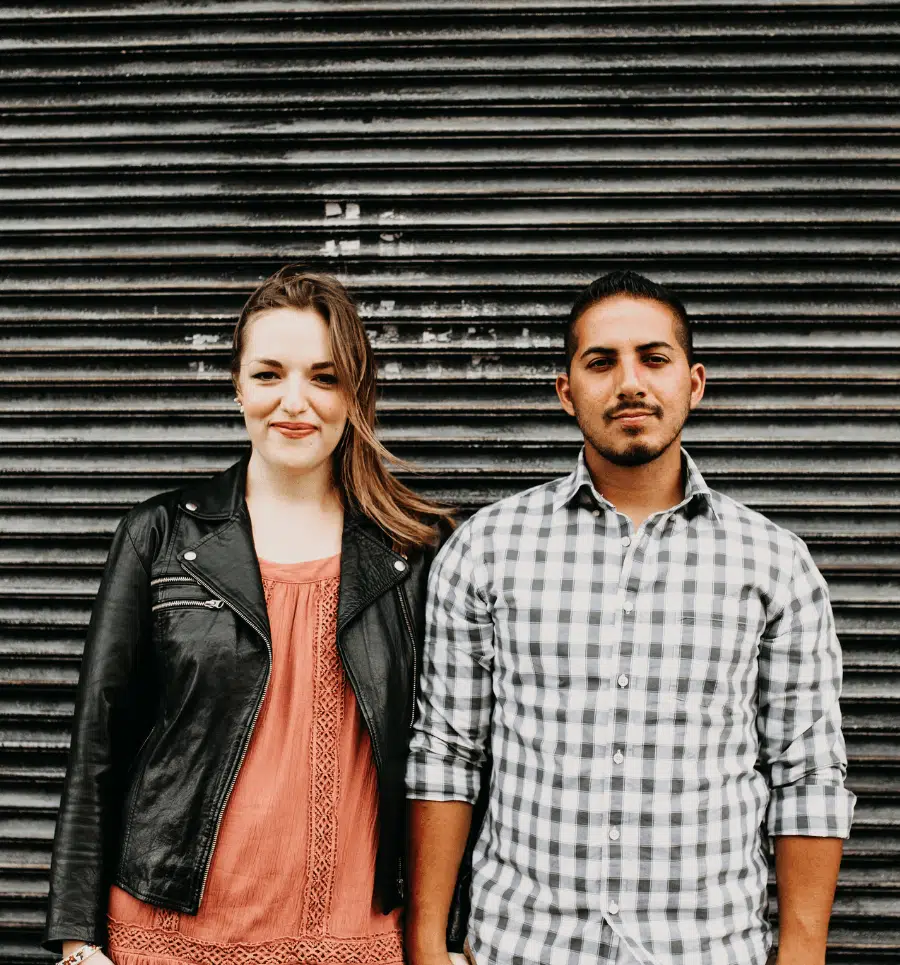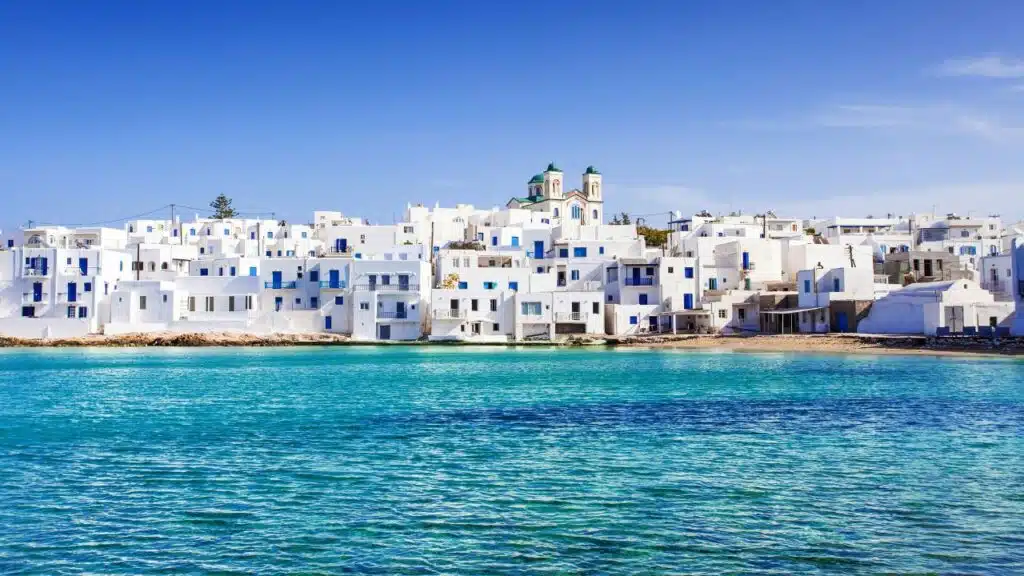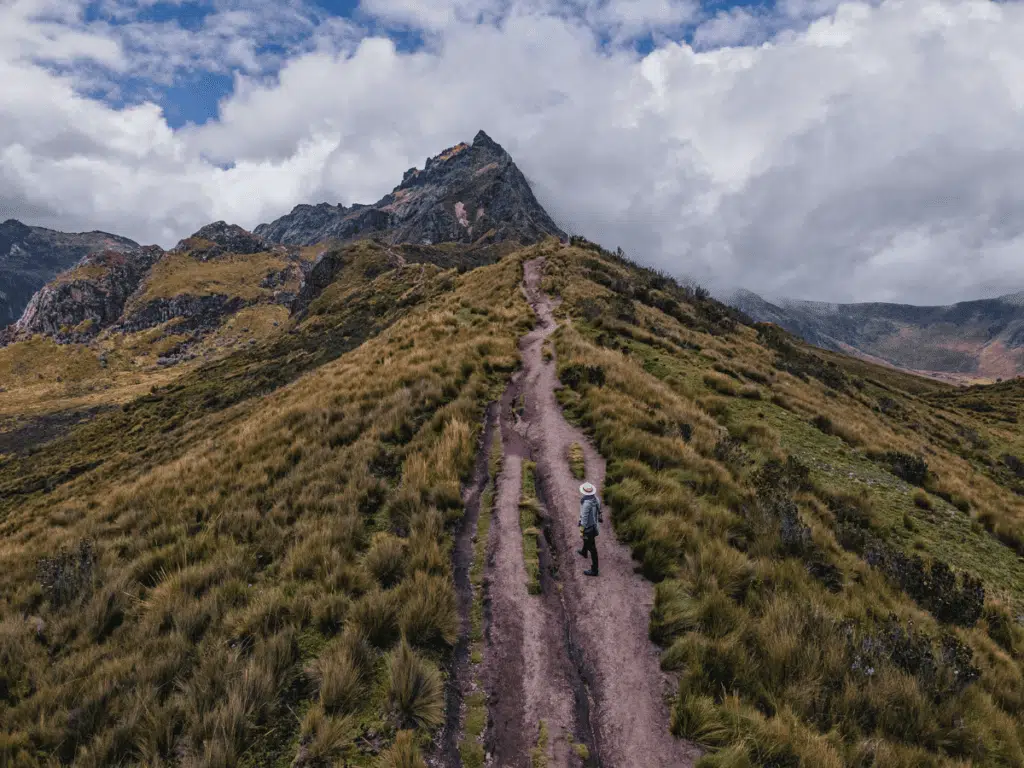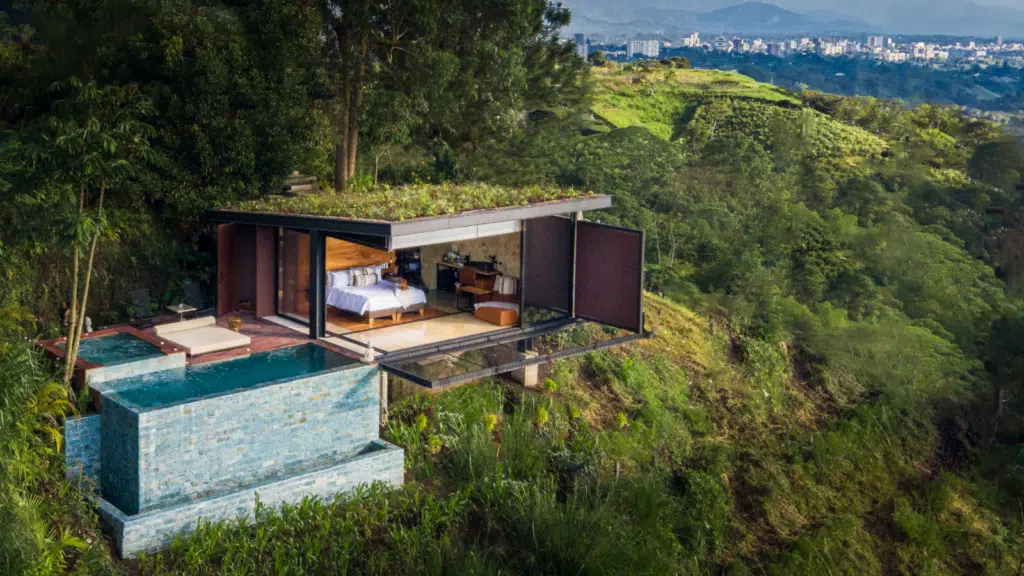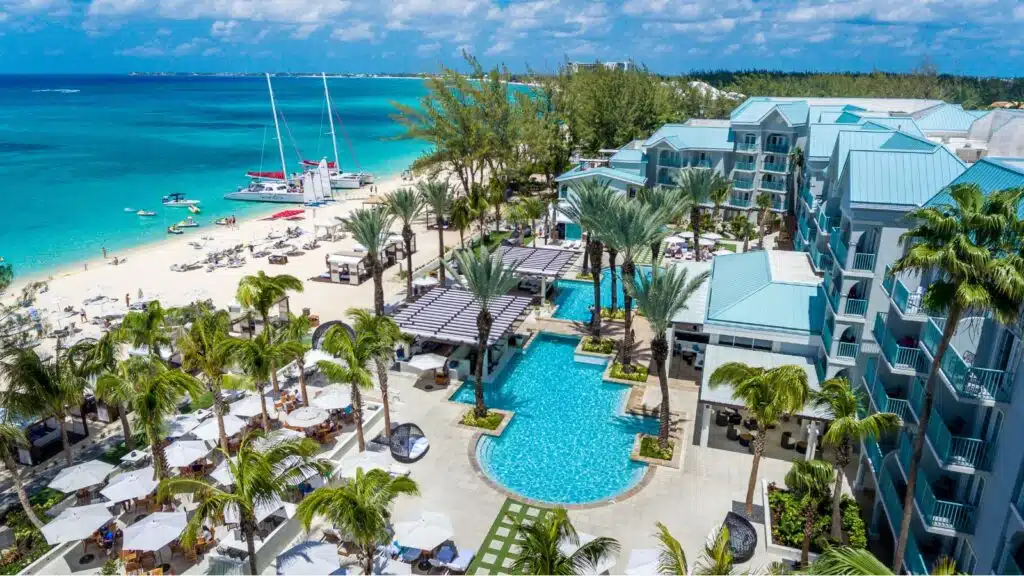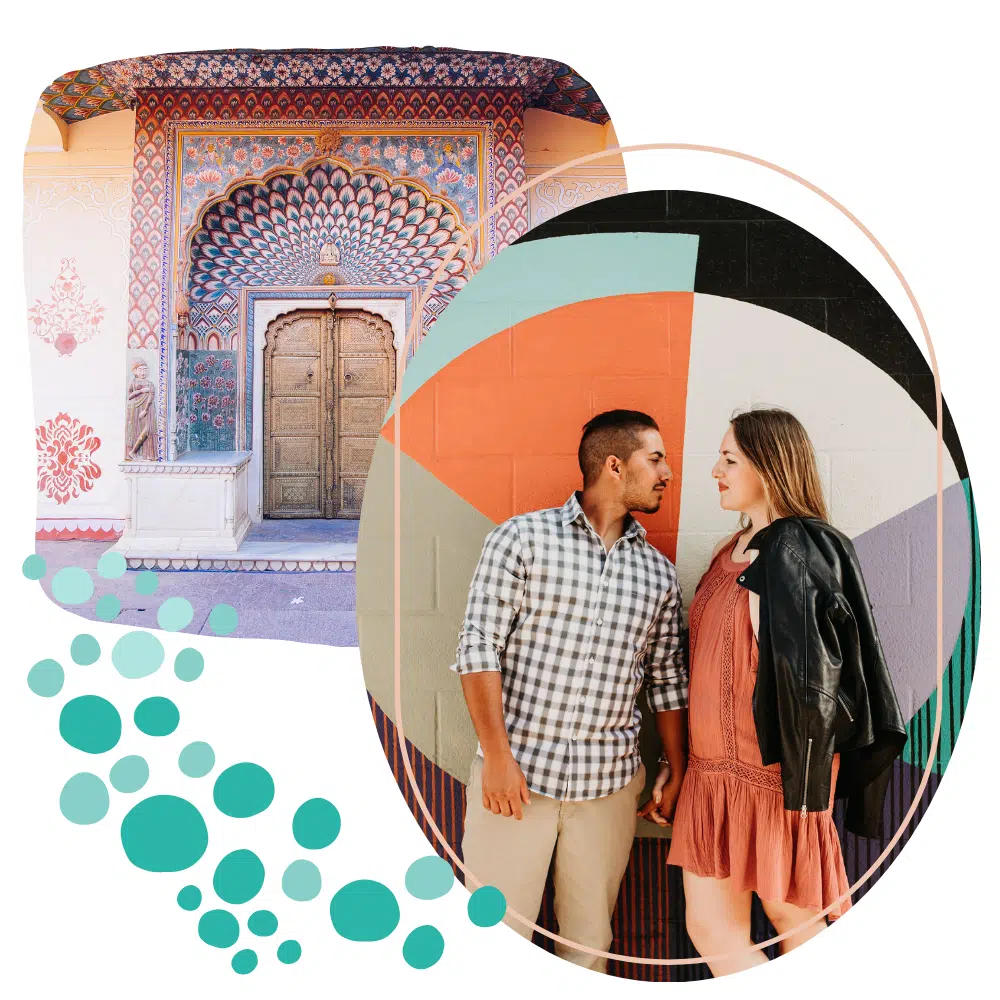

We’re José + Carley Rojas Avila of Explorers Away. We help travelers, expats, and digital nomads feel at home in travel, wherever their wanderlust might take them.









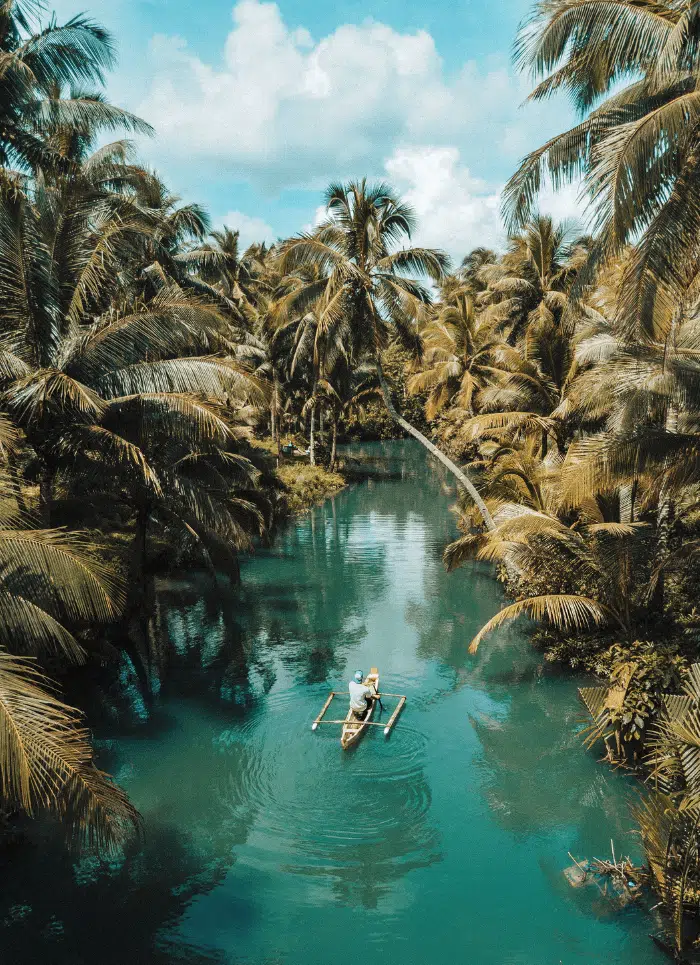


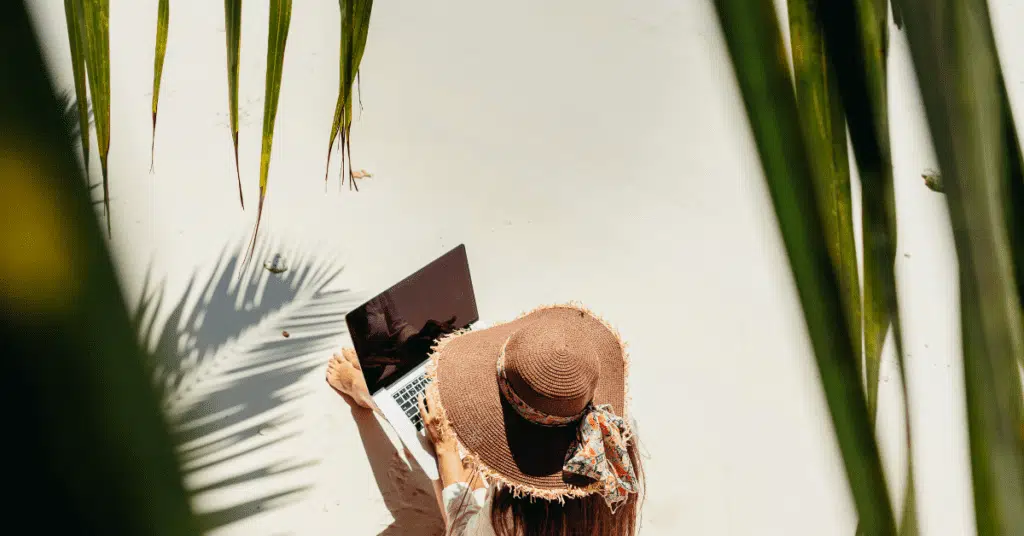

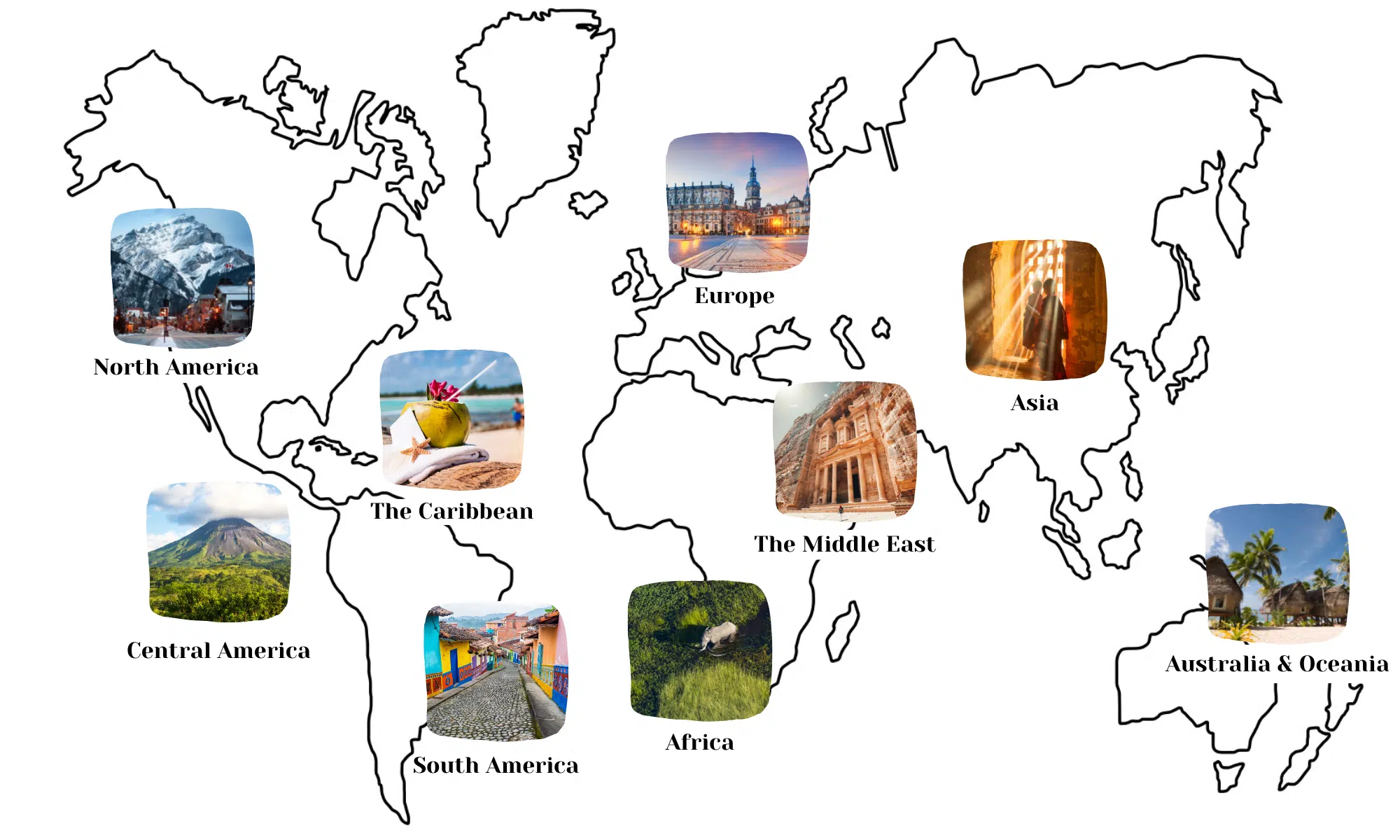

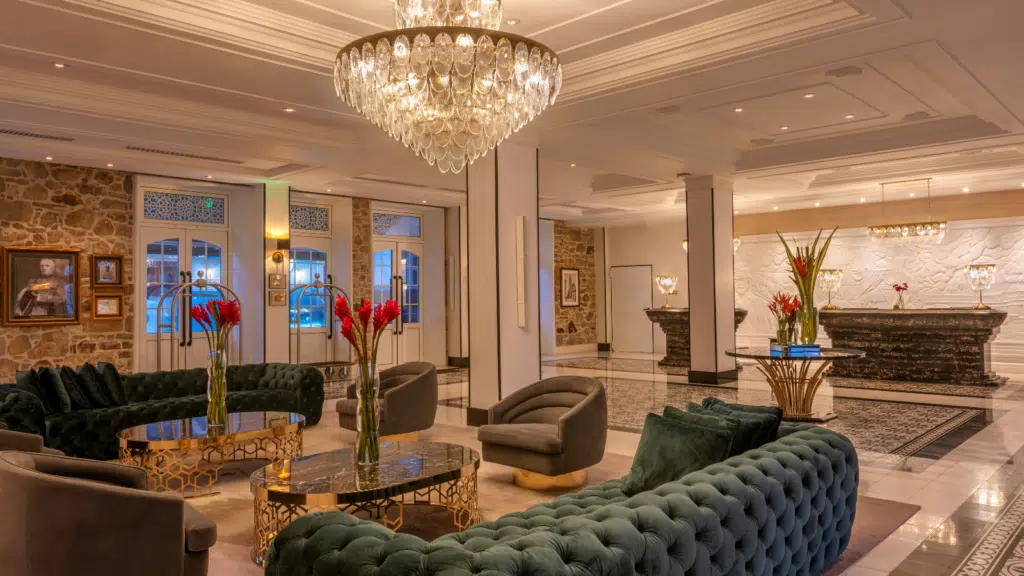
This Hotel Marries Historic Charm and Modern Luxury – In An Unexpectedly Trending Travel Destination
Long known for its gleaming skyscrapers and modern shopping malls, Panama City, Panama is writing the next chapter of its history – by rescuing its past. Located in the heart of Panama City’s historic Casco Antiguo neighborhood, Hotel La Compañía is helping put Panama on the map for travelers searching for both historic charm and…
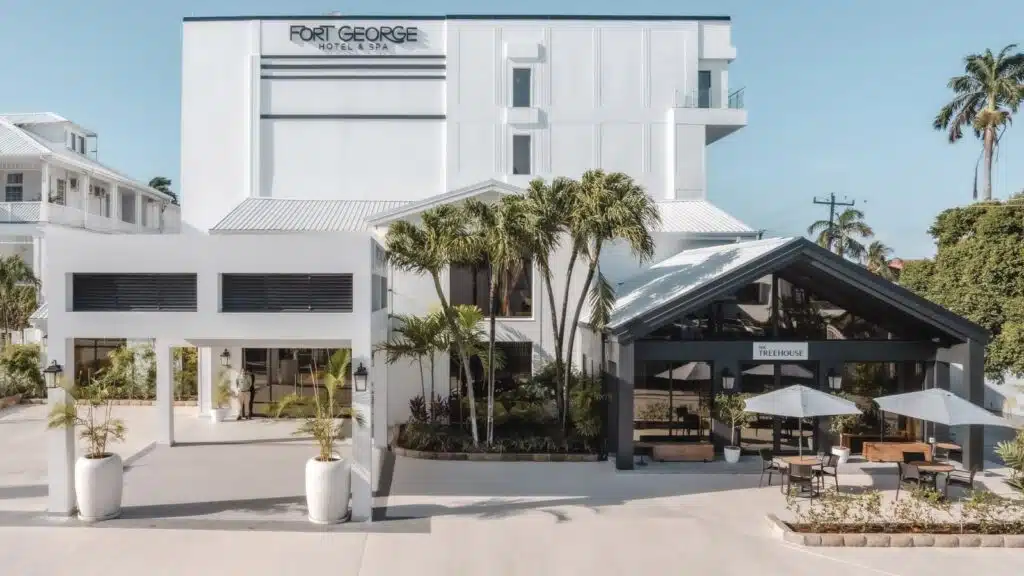
Introducing the Fort George Hotel & Spa in Belize
Located in the heart of Belize City, Fort George Hotel & Spa has officially opened its doors to welcome guests to what is the city’s first luxury hotel. Giving a new outlook to a historic property, the hotel brings a new hospitality experience for both business and leisure travelers headed to Belize City. Fort George…

This Greek Island Getaway Is Seriously Gorgeous – And Seriously Sustainable
Follow your wanderlust to the breathtakingly beautiful Greek island of Santorini, where more than just Instagram-worthy whitewashed buildings and cerulean-domed churches await. Discover one of the world’s most bucket list-worthy destinations with a stay at Santo Pure Oia Suite & Villas, a luxurious collection of suites and villas with sustainability at the heart of its…
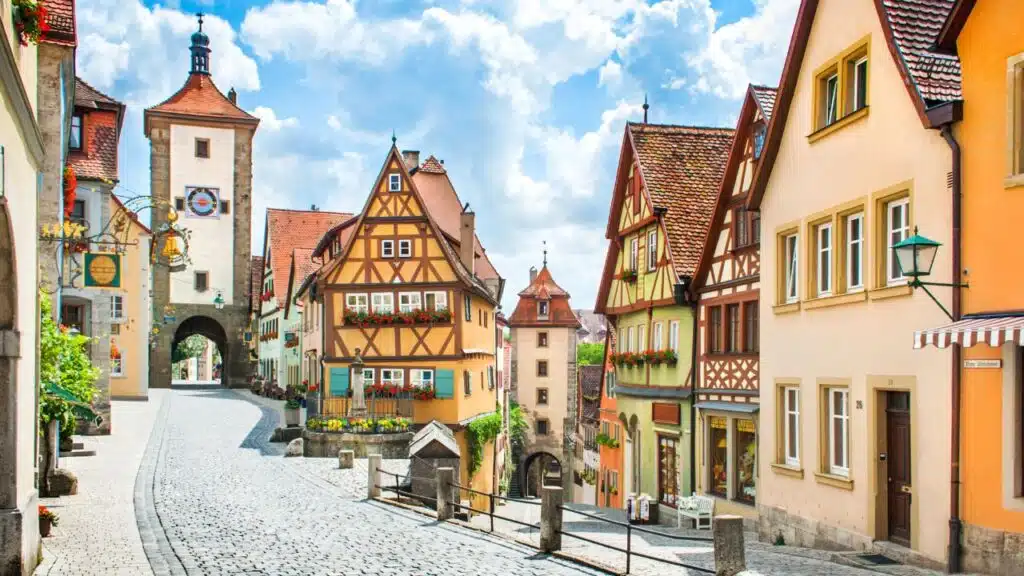
15 Picturesque European Villages That Feel Straight Out of a Fairytale
Ditch the big cities for a dose of European history and charm, far from the crowds. Whether you’re looking to feel like you’re living a scene from The Sound of Music or want to unwind in a tiny Italian fishing village eating pasta by the water, these are the 15 most picturesque European villages to…


